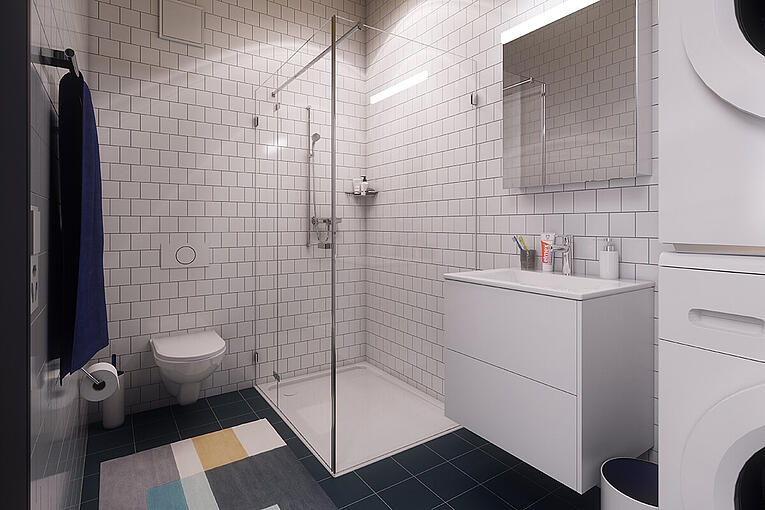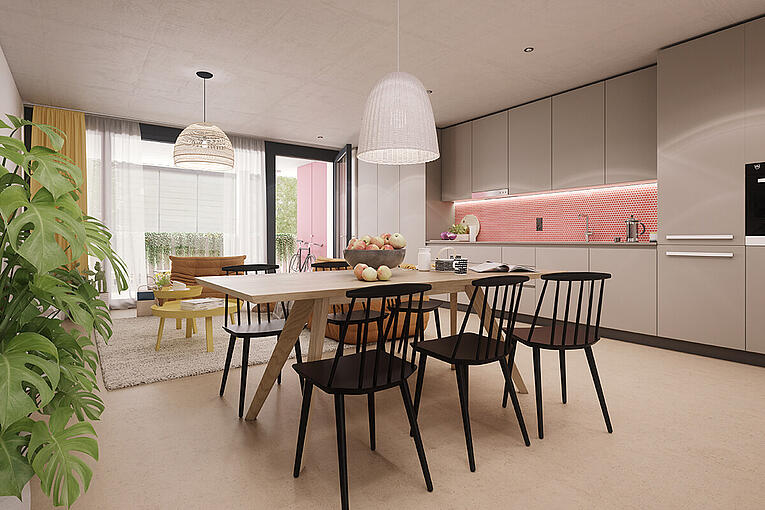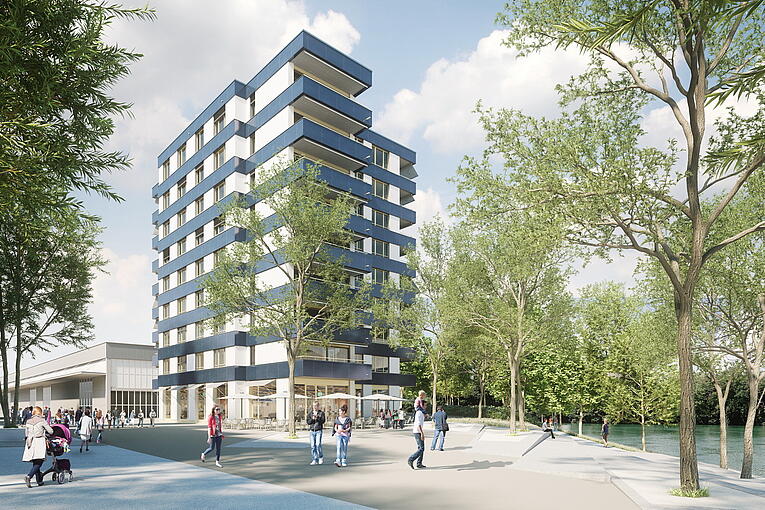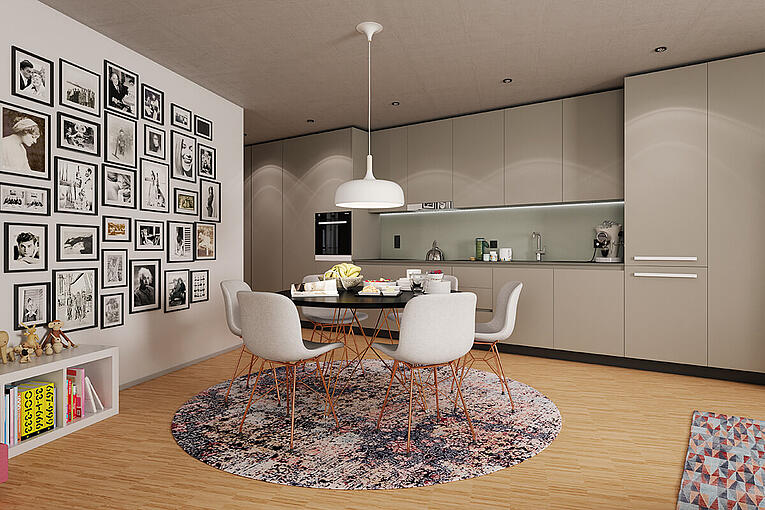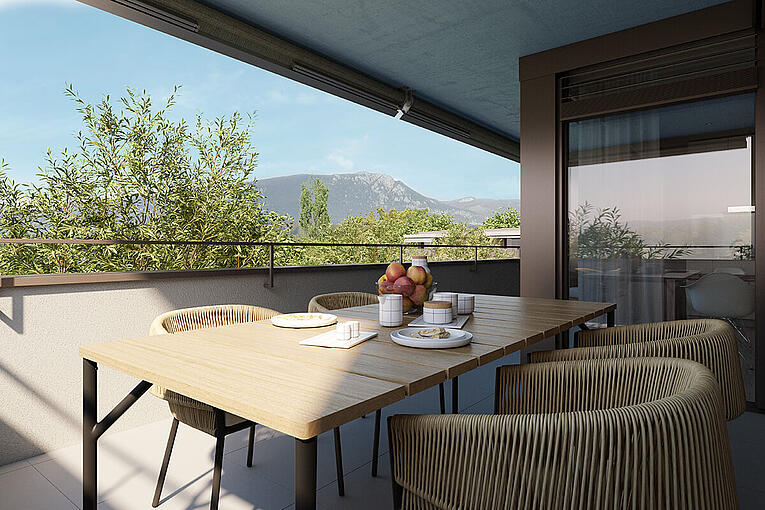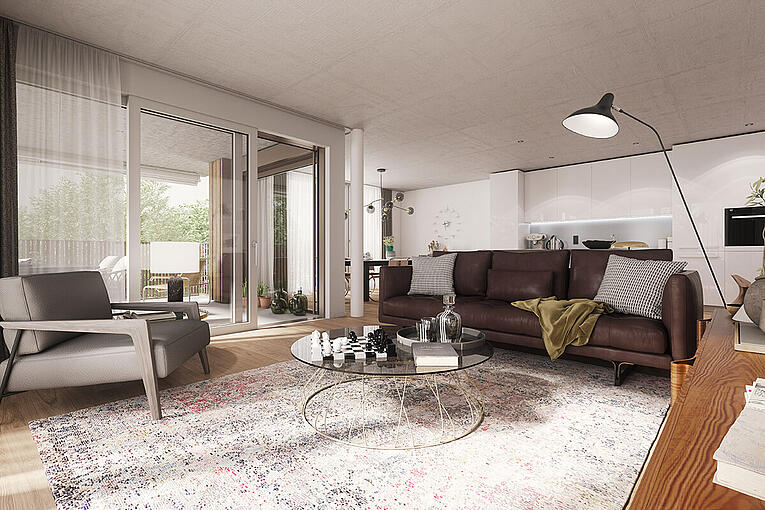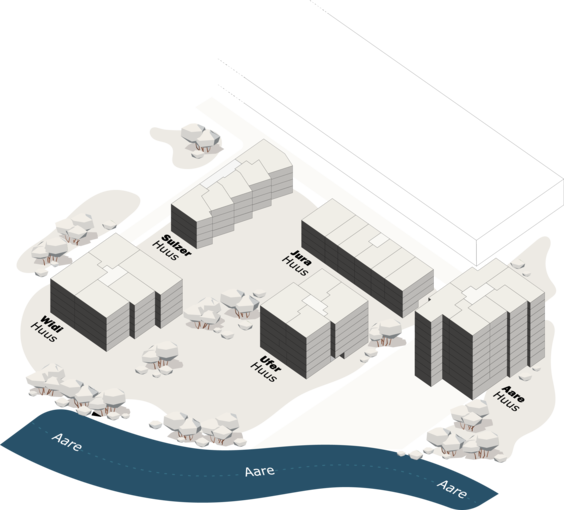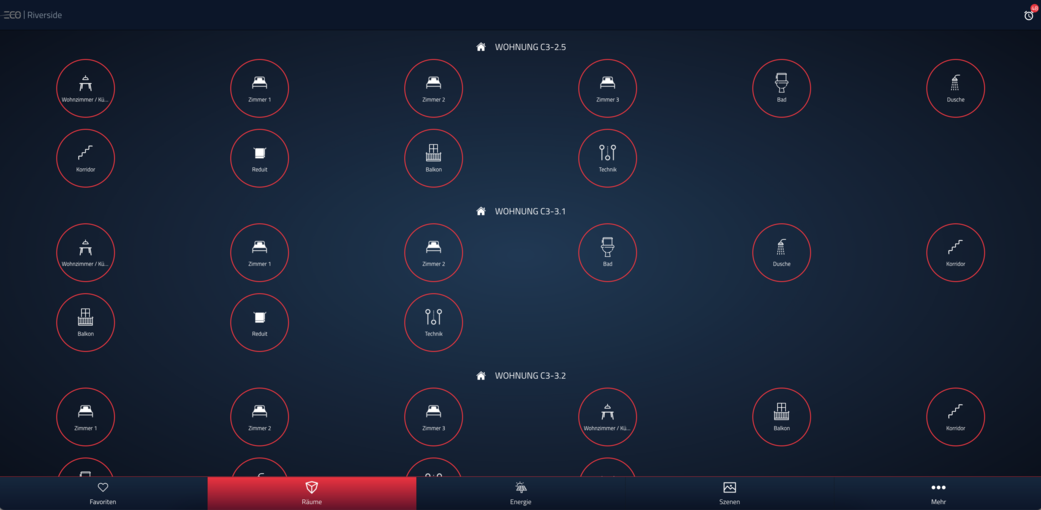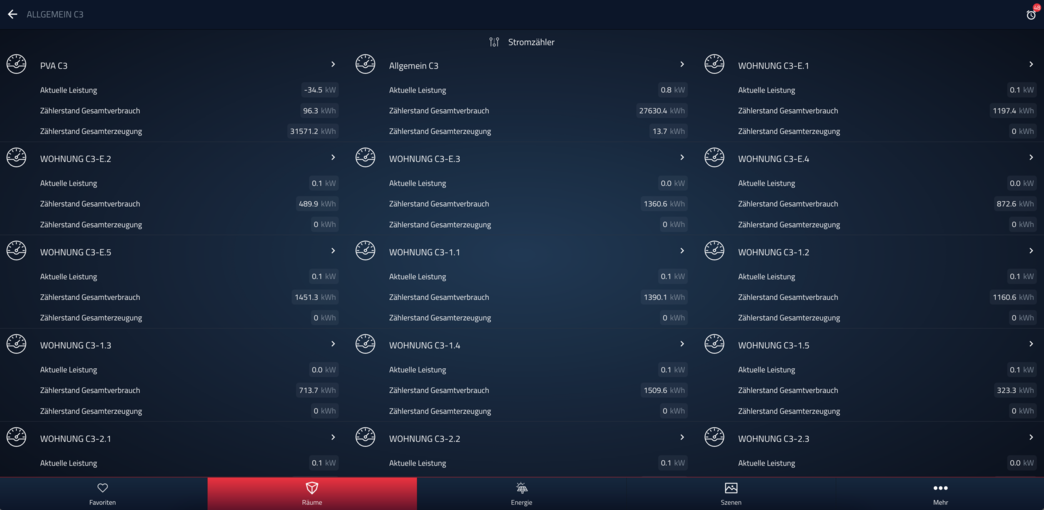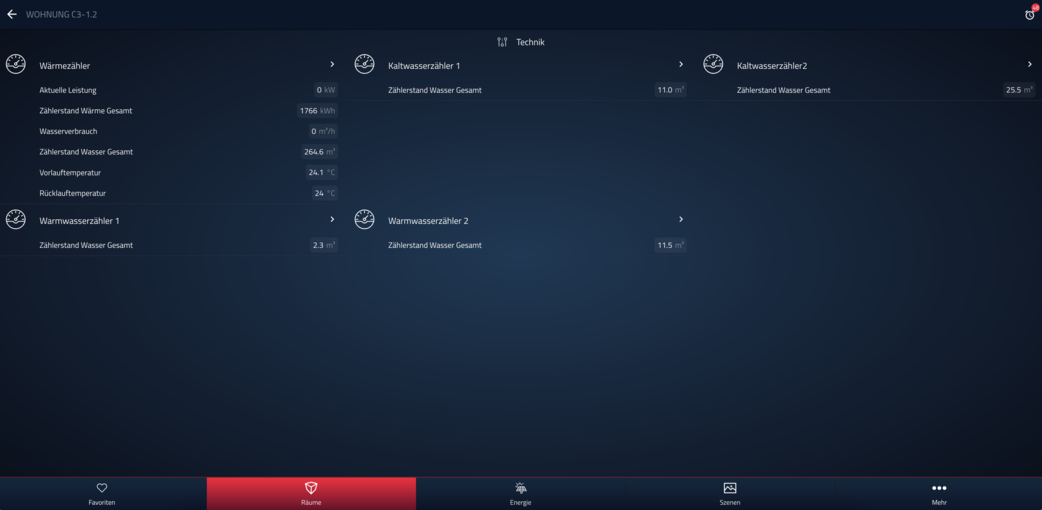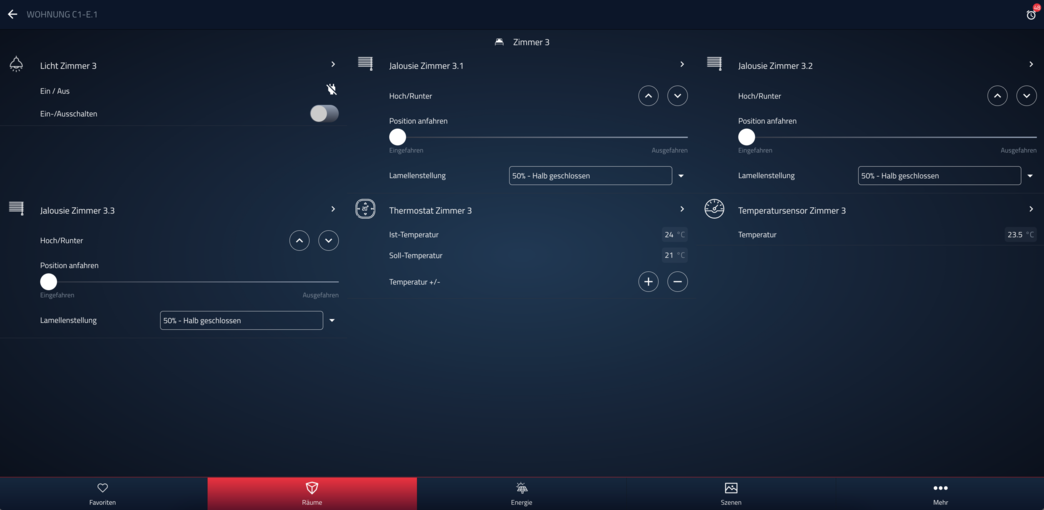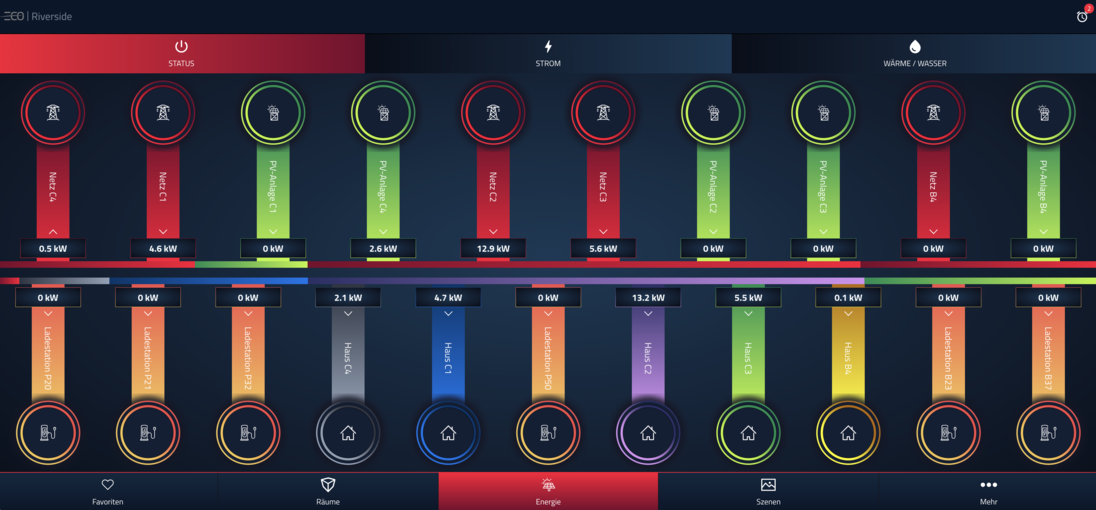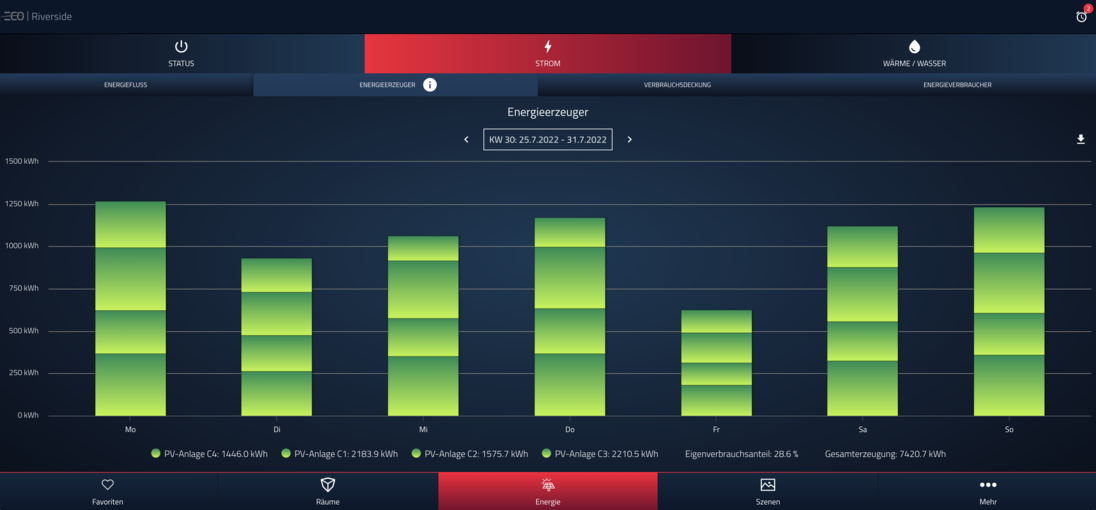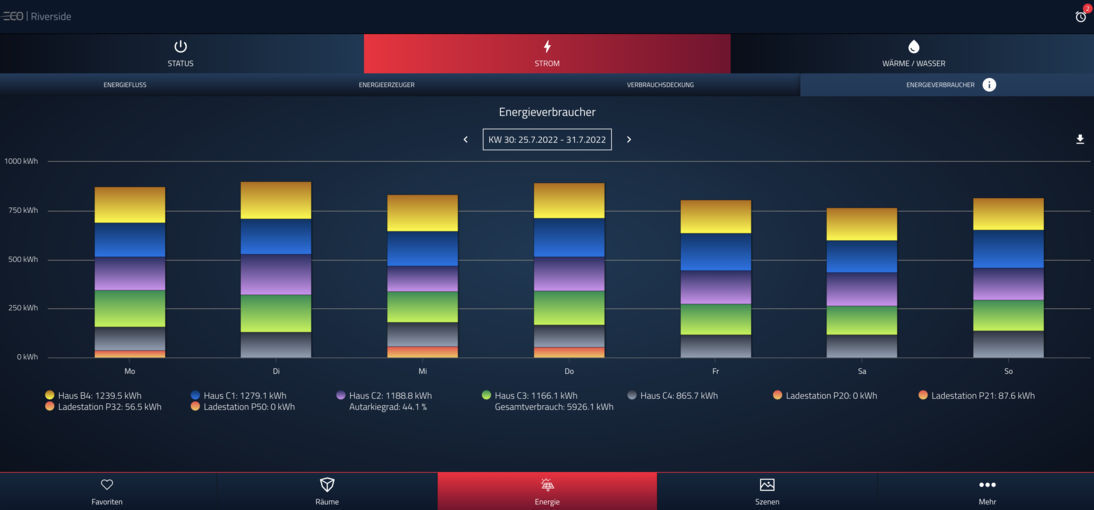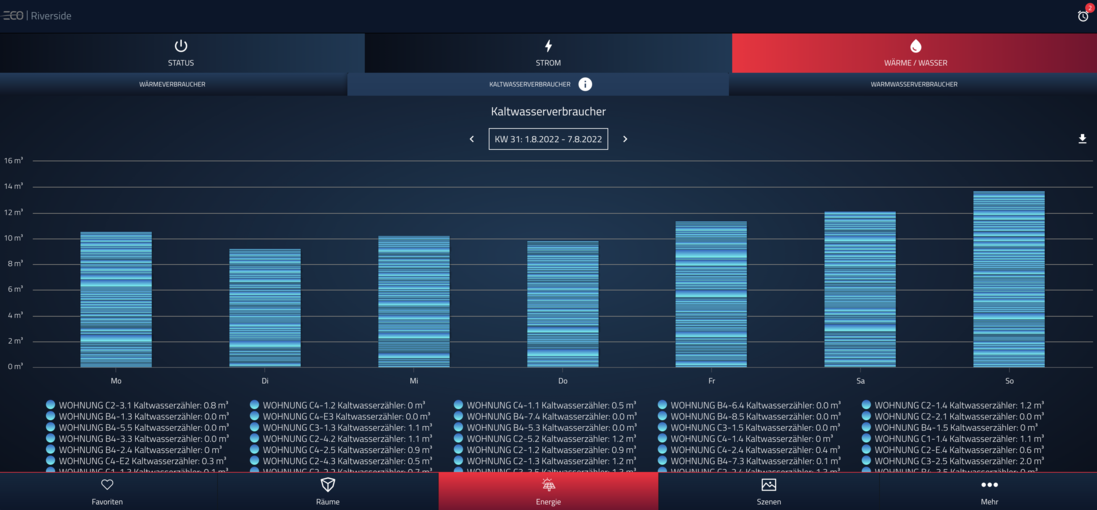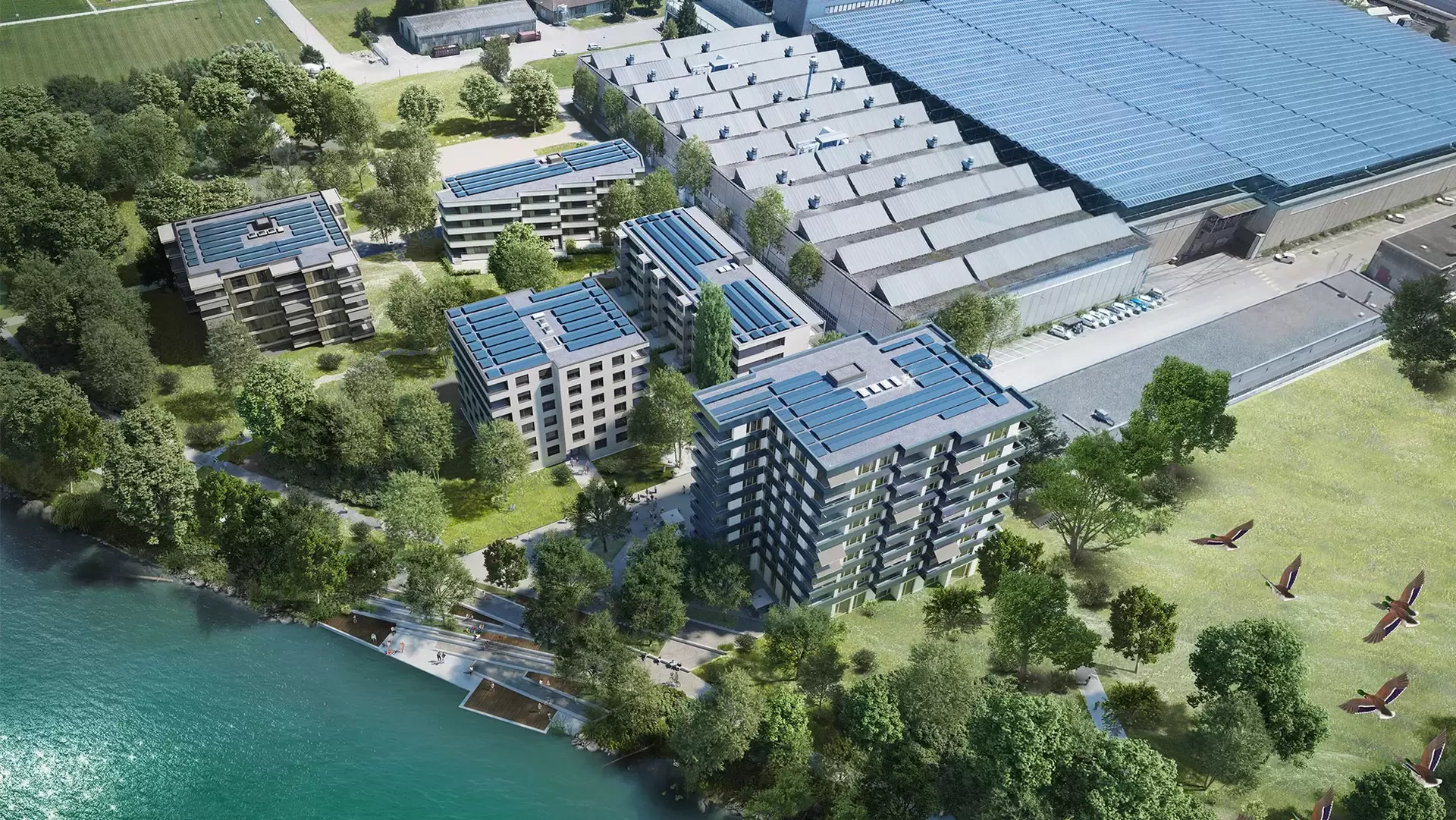Quarter & area «Riverside»
The energy data of the 140 flats in five buildings is visualised using the energy management system ecoEnergyCoach. This corresponds to the future-oriented optimisation of energy flows from photovoltaics in the building. Electric cars can be charged with solar power at three charging stations. Billing is simple & direct via the utility bill for the relevant flat.
4528 Zuchwil
(Switzerland)
Flat & building
Electrical energy consumption per year
(not yet known)
Questions & answers about the panel discussion at the 2nd Digital Day in Solothurn
The 2nd Digital Day took place in Solothurn on 10 November. "Smart living at Riverside - from idea to realisation" was discussed for an hour. Watch the video recording here.
The most important questions & answers about the discussion are in the text below.
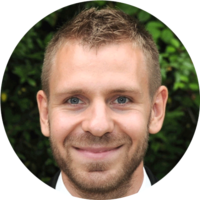
«SMART HOME, THE INTELLIGENT TOOL FOR LINKING BUILDING AUTOMATION, ENERGY MANAGEMENT AND INFORMATION AND DATA EXCHANGE.»
- Roman Hürlimann, PROJECT MANAGER «Riverside» AT mha gmbh
mha gmbh is responsible for the overall local project management of the neighbourhood development in the Riverside area. Roman Hürlimann is the client's representative for realising the first five buildings, 140 of the approximately 700 flats built over the next 20 years.
Let's start with the question: What is a smart home and why do we need a smart home?
Roman Hürlimann: From the investor's point of view, the aim is to promote the following four aspects:
- Achieving an increase in comfort, i.e. promoting market attractiveness,
- Make management more efficient and thus save time and money, - simplify and speed up communication,
- Ensure sustainability, i.e. maximise energy efficiency so that tenants can save costs.
The term «Smart Home» is also explained by my colleagues and their aspects.
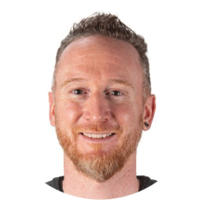
«IN THIS PROJECT, SMARTHOME CREATES A NEW UNDERSTANDING OF BUILDING TECHNOLOGY AND MOTIVATES TENANTS TO ACTIVELY PARTICIPATE IN THEIR OWN ENERGY OPTIMISATION.»
- Stephan Kellerhals, MANAGING DIRECTOR AT Enerconom AG
The building technology engineers at Enerconom AG are designing tomorrow's building technology today—innovatively, with a focus on quality and sustainability in the Bern and Solothurn region. The Riverside site exemplifies this.
How was the scope of Smart Home defined in the first project phase?
Stephan Kellerhals: It was clear from the outset that it should be an open system that could be expanded as required. The intercom system, door locking system, parcel box system in the letterbox and lift were integrated. The app can be used to control lights and blinds or even reserve a washing machine from anywhere. Operation via smartphone therefore creates independence from the weather. Regardless of whether it is raining, windy or suddenly colder - you can conveniently control the system and thus heat more or less, cool more or less or even ventilate.
The energy management system from ecocoach AG has also been integrated, i.e., a system for measuring all energy flows, such as water, heat, electricity, and the photovoltaic system. The daily updated data and consumption are visualised in a way that everyone can easily understand. This means you are constantly aware of your consumption in your home.
In addition to the app on the smartphone, each flat has its own tablet, which is permanently installed in the flat. This means that everything is always available, whether you are at home or away. This also enables communication between tenants/administration and landlords, as the neighbourhood platform provides the opportunity to create your own community.
How did the realisation of the desired requirement take place?
Stephan Kellerhals: First, several systems were compared with each other, and the cost/benefit comparison led to the selection of the current energy management system from ecocoach AG and the modular platform stream from Wincasa AG, which creates a digital tenant experience. At this point, it must be said that the support from the suppliers was always excellent, and communication was guaranteed - after all, every new project is individual. All parties involved showed the necessary flexibility to go the extra mile in developing the process. Ultimately, the solution is harmonised and works.
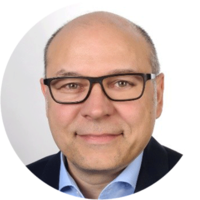
«SMART LIVING & WORKING IS ALREADY A REALITY THANKS TO THIS PROJECT AND WILL BECOME A NEW STANDARD IN THE FUTURE.»
- MAURIZIO MANCINONE, HEAD OF DIGITAL BUSINESS DEVELOPMENT AT STREAMNOW AG & WINCASA AG
The modular Streamnow platform offers a digital tenant experience and is used for flats in the Riverside Area. This allows property service providers to offer their tenants digital services. Smart living and working are bundled with the associated services and made available as an app.
What do you understand by the term smart home?
Maurizio Mancinone: Until recently, the term was traditionally understood to mean the control of lights, blinds and sometimes even music in homes. Today, however, the systems and possibilities go much further, as companies are no longer building stand-alone solutions but are increasingly providing open platforms to work with other providers in a digital ecosystem.
How do digital ecosystems work, and what do they involve?
Maurizio Mancinone: The systems are networked so that cross-system processes can be mapped and digitally supported. Data is shared or passed on to downstream processes and systems.
Can you explain this using an example?
Maurizio Mancinone: When a tenant changes, the core system (e.g. an area platform) passes on the new tenant's information (e.g. first name, surname and email address) to other systems. This makes it possible for mailboxes, parcel boxes, solar panels, energy management systems, access control and access systems to be fed in fully and, where possible, for notifications to be made digitally or authorisations to be created automatically. This makes the management of an area extremely efficient.
How do you see the development of smart homes in the future?
Maurizio Mancinone: Digitalisation will continue to advance. In the future, more sensors will be installed to collect data on usage as a first step and then directly automate processes as a second step. Why should a home be heated all day if nobody is home between 8 am and 9 pm? This type of automation can affect both the building itself and the services provided to tenants.
What should property owners do?
Maurizio Mancinone: You should consider which digital elements make sense on a property, what added value you want to offer tenants and what efficiency should be digitally supported. For new buildings, it is essential to rely on systems that provide open platforms and enable the automation of processes in the future. It is also advisable to address these issues early in the project and work with a digital partner. This allows you to define the requirements early, choose the right implementation partner and thus avoid expensive bad investments.
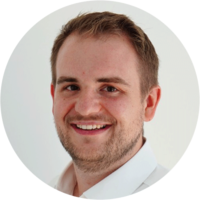
«THANKS TO ECOCOACH AG'S ENERGY MONITORING, AWARENESS IS RAISED OF THE NEED TO USE RENEWABLE ENERGY EFFICIENTLY AND SUSTAINABLY.»
- FLORIAN OECHSLIN, HEAD OF INTEGRATION AT ECOCOACH AG
The Riverside project used the energy management system from ecocoach AG. This system allows energy consumption to be visualised and displayed understandably, creating an awareness of one's own energy consumption. The app can also be used to control a range of smart home functions, such as lighting, blinds, and the passenger lift.
How can tenants use the various applications?
Florian Oechslin: The app lets Tenants easily control all lights, blinds and thermostats. There is also a programmed function for the lift, so you can conveniently order the lift via the app. It also allows access to the flat meters, i.e. electricity, heating and hot and cold water. The scene function can also be used to create and play customised scenes. An example would be a simulation against burglars during the holidays, which would automatically control the lights or blinds despite absence.
Why did you decide to permanently mount the tablet in the home?
Florian Oechslin: The tablet belongs to the flat and should always be ready for use. Even if the tenant changes, the tablet should remain in the flat and be available for the next tenant. However, it is possible to install the app on private devices. This allows the management to assign the relevant user authorisations and keep track of the current access of all tenants at all times.
What happens in the event of an internet outage?
Florian Oechslin: Tenants can still control the lights and blinds using the buttons in the flat, as each flat still has manual switches despite the smart home functions via the app. However, the connection between the control system in the flat and the app is disconnected in case of an internet failure and tenants can no longer control anything via the app until the internet is available again.
What is the biggest difference to a conventional construction project?
Florian Oechslin: Conventionally, many isolated solutions are planned and installed. This has the major disadvantage that nothing is connected, and a lot of potential cannot be utilised. In Riverside, these isolated solutions are linked together, which brings many advantages for the tenant as well as the administration, e.g., an energy management system across the entire site or reduced administrative effort as everything can be monitored remotely and also supported via remote maintenance support.
What was your biggest challenge with the Riverside project?
Florian Oechslin: The whole thing should remain simple for the tenant. There is a tablet that can be used to control everything. This means that all interfaces have to be clarified during planning/implementation. There are a lot of parties involved, which makes coordination difficult and time-consuming. Nevertheless, our aim has always been to provide added value for the tenant, as they can operate everything more easily in the end. Another challenge is that several specialists are needed during commissioning to test the relevant systems and interfaces.
Photovoltaic systems (PV systems) are installed on every building. How does the tenant benefit from this?
Florian Oechslin: The new Energy Act of 2018 enables owners to make their self-produced solar power available to participating residents and users within this community for their consumption - even across neighbouring properties - using a ZEV, i.e. an association for self-consumption. The tenant benefits from more favourable tariffs and the app gives them an overview at all times of whether grid electricity or PV electricity is currently being used. In addition, large consumers (such as heat pumps and/or boilers) are automatically activated when there is sufficient PV electricity to further increase self-consumption.
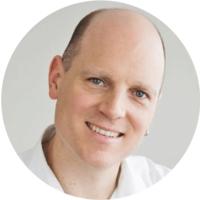
«THANKS TO GOOD COOPERATION, CHALLENGES IN THE SMART HOME SECTOR CAN BE MASTERED AT RIVERSIDE. WE CAN ONLY MOVE FORWARD TOGETHER.»
- FABIAN VON GUNTEN, MEMBER OF THE MANAGEMENT BOARD AT GSJ ARCHITEKTEN AG
Fabian von Gunten has the project management as overall planner ARGE gsj architekten / agps architecture for the client SPA (Swiss Prime Investment Foundation) represented by mha gmbh.
What are the biggest challenges from the idea to the realisation of the smart home system from a planning and construction management perspective?
Fabian von Gunten: The biggest challenge is probably defining the functionalities. What is possible? What is feasible? What does the client want to offer users? What should the cost-benefit ratio be? There are also various requirements relating to the dependencies of the ancillary systems to be connected, and the needs must be defined so that all interfaces work.
You also need to look for available solutions on the market. Several comparable offers must be obtained from various competitors. It was necessary here that the interface to the ancillary systems was considered and that all functionalities were covered.
The inputs should also be incorporated into the construction process promptly, and the necessary structural (preparatory) measures should be considered. Many specialists and companies are involved, e.g. clients, site management, specialist electrical planners, electrical installers, suppliers, energy management systems, ZEV, communication platforms, letterbox systems with DNS, locking systems, suppliers of electronic locking systems, solar panels, lift system, PV system, to name but a few. The whole process is essential for quality and time-consuming. This means more time is required for commissioning than usual with standard and non-networked systems. Therefore, the intention to use a smart home system must be included in the catalogue of requirements right from the pre-project phase. This is the only way to ensure that everything is harmonised from start to finish and can function accordingly. It was necessary here that the interface to the ancillary systems was considered and that all functionalities were covered.
Reference details
| Photovoltaic system |
|
|---|---|
| ecoBatterySystem | No battery system installed yet |
| ecoEnergyCoach | 5x energy management system - per building
|
| ecoChargingCoach | Charging management/load management for charging stations
|
| ecoOneClick | Preparation of the meter data
|
| ecoSetupTool | Platform for commissioning by installers, enables configuration without programming knowledge |
| ecocoach App | Advantages for tenants:
Advantages for landlords:
|
| Smart Home | Heating / lift / light / blinds |
| Special features |
|
| Participating companies |
|
Are you interested in a guided tour on-site?
Then get in touch with us today to arrange a viewing appointment with an ecocoach specialist.
